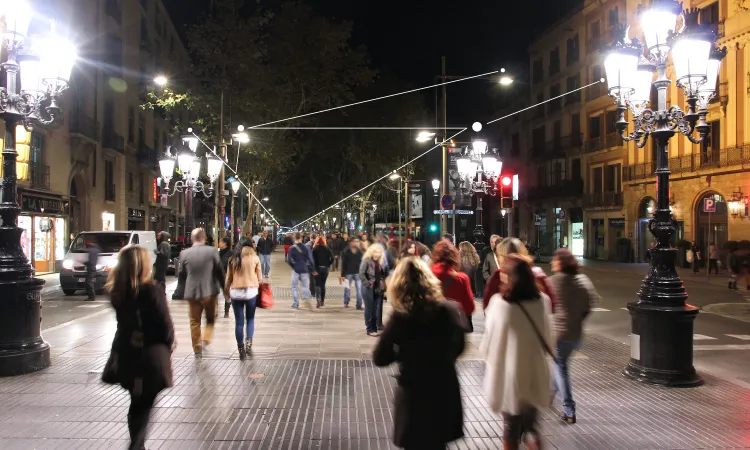What is street lighting management?
Revolutionizing Urban Infrastructure
Street lighting management has undergone a significant evolution, leveraging cutting-edge technology to optimize the operation of city streetlights, roads, and public spaces. These systems not only improve nighttime visibility but also enhance the safety and security of urban areas. Gone are the days of manual lamplighters and basic synchronized systems. Today, sophisticated networks connect each lamp like a chain of lights, collectively controlled to ensure efficient operation. This development is pivotal in urban planning, promising enhanced comfort for residents and a greater potential for city infrastructure advancement.

